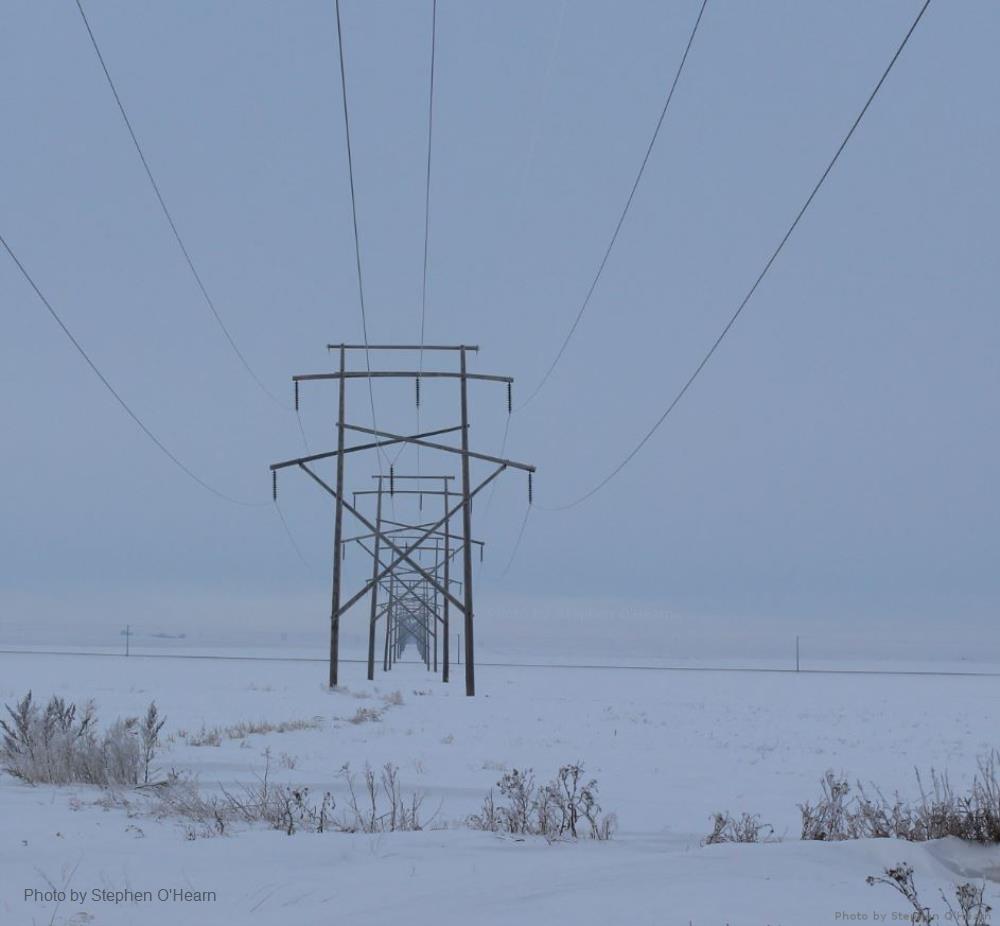
Related items loading ...
Section 1: Publication
Publication Type
Conference Presentation
Authorship
Wang Yi, Petrone Richard
Title
How do vegetation, litter, bryophyte, and substrate soil affect evaporation in high-elevation wetlands? Evidence from various types of wetlands with contrast geographical settings in Canadian Rocky Mountain
Year
2022
Publication Outlet
AOSM2022
DOI
ISBN
ISSN
Citation
Yi Wang, Richard Petrone (2022). How do vegetation, litter, bryophyte, and substrate soil affect evaporation in high-elevation wetlands? Evidence from various types of wetlands with contrast geographical settings in Canadian Rocky Mountain. Proceedings of the GWF Annual Open Science Meeting, May 16-18, 2022.
Abstract
Climate change exerts profound stresses on high mountain watersheds. Increasing challenges to water availability especially during summertime, highlights the growing importance of natural wetlands in these catchments to alleviate drought or buffer floods. However, the hydrological processes in high-altitude wetlands are very sensitive to climate change. This study examines the detailed processes of evaporation through soil-atmosphere interface (i.e., substrate soil-bryophyte-litter-understory vegetation column) under no canopy and below overstory canopy treatments from a range of wetland types at high elevation area. This study found that the effect of ground cover (i.e., bare soil (S), soil-bryophyte (BS), soil-bryophyte-litter (LBS) and soil-bryophyte-litter-understory plant (PLBS), the impact of overstory canopy, and the interaction between ground cover and canopy are significant factors in wetland evaporation processes, and the effects varied with various types of wetlands. Further, a distinct impact of overstory canopy on below canopy microclimate was also found, a result of which lower air temperature, higher relative humidity, and lower soil temperature were observed. Results from this study can improve model development and enhance our prediction capability for climate change impacts on high mountain watersheds. It will also support decision making on climate change adaptation policies for sustainable water resources.
Plain Language Summary
Section 2: Additional Information
Program Affiliations
Project Affiliations
Submitters
|
Wang Yi | Submitter/Presenter | abbywang228@gmail.com | University of Waterloo |
Publication Stage
N/A
Theme
Hydrology and Terrestrial Ecosystems
Presentation Format
10-minute oral presentation
Additional Information
AOSM2022 Mountain Water Futures First Author: Yi Wang, Hydrometeorology Research Group, University of Waterloo Additional Authors: Richard Petrone, Hydrometeorology Research Group, University of Waterloo


 GWFNet
GWFNet Master
Master Data
Data Research
Research Map
Map
 Advanced
Advanced . . .
. . .

 Metadata Editor
Metadata Editor
 Record List
Record List
 Alias List Editor
Alias List Editor
 Legacy sites
Legacy sites